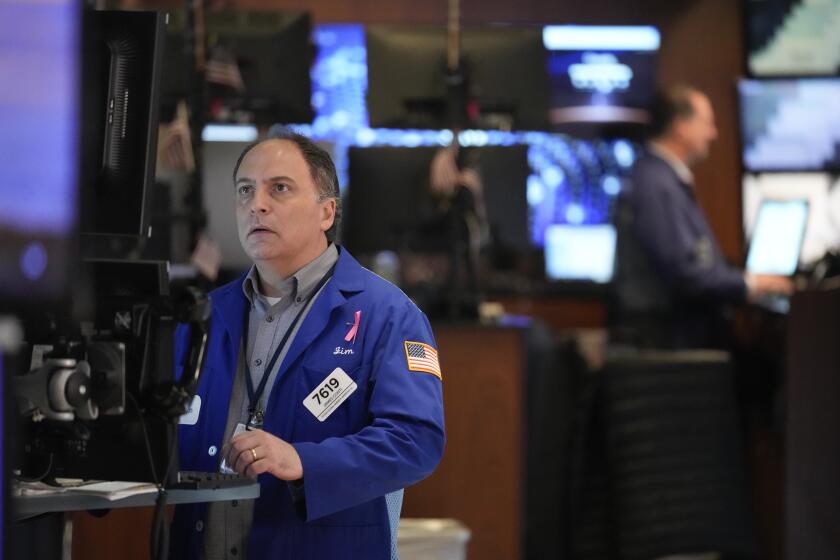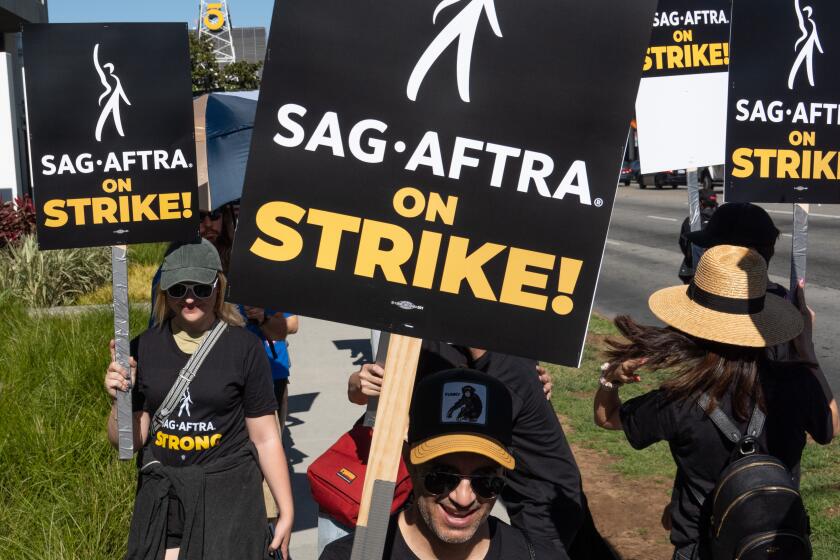Shuttle’s Top Brass Defend Themselves
NASA’s top managers for the doomed Columbia space shuttle mission publicly defended their actions for the first time Tuesday, saying that no individual should be blamed personally for the accident because safety was always their top priority.
“It goes without saying that we were all trying to do the right thing,” Linda Ham, the chairwoman of the team that ran the mission, said in her first public comments on the disaster. “Nobody wanted to do harm to anyone. Obviously, nobody wants to hurt the crew. These people are our friends. They’re our neighbors. We run with them, work out in the gym with them. My husband is an astronaut. I don’t believe anyone is at fault for this.”
Earlier Tuesday, NASA released transcripts of five meetings held during the Columbia mission in which senior mangers largely dismissed the potential safety risk posed by foam debris that struck the Columbia during launch. It is now all but certain that a 1.65-pound chunk of foam damaged the shuttle’s leading edge and led to the breakup over Texas during reentry on Feb. 1.
The issue of whether individual managers in NASA and aerospace firms will be held accountable remains a major issue more than five months after the accident. Senior congressional leaders have said they want direct accountability and expect managers who made errors of judgment to be thrown out of NASA.
The independent Columbia Accident Investigation Board has said it will not assign individual blame or accountability when it files its final report next month, but it will examine in depth the overall management problems at the space agency that contributed to the accident.
Although NASA has steered clear of discussing blame, it has shaken up space shuttle management since the accident. Ham is being reassigned and said Tuesday she intends to remain a NASA employee. The directors of Marshall Space Flight Center and Kennedy Space Center have been reassigned. And shuttle director Ron Dittemore has said he will leave the agency.
Ham, along with flight directors Leroy Cain and Phil Engelauf, spoke at a news conference in Houston shortly after NASA released transcripts of the five key meetings involving the managers. Cain and Engelauf joined Ham in defending the decisions they made and said their actions were based on the best possible information at the time.
They spent little time discussing reports Columbia had been rammed by foam debris, according to the transcripts.
“I don’t think there is much we can do,” Ham, who chaired the meetings, said on Jan. 21, five days after Columbia’s launch and 11 days before its doomed reentry. “So, you know it’s not really a factor during the flight ‘cause there isn’t much we can do about it.”
Columbia investigators have rejected that rationale, saying NASA should have considered every possibility in assessing the potential for damage as well as options for rescuing the crew. Since the disaster, NASA Administrator Sean O’Keefe has said agency officials would even have considered sending another shuttle on a rescue mission if they had known the crew was doomed.
Ham said Tuesday she had been “thinking out loud” during the Jan. 21 discussion, and her comments reflected the belief that the astronauts had no way to repair damage to the shuttle.
The transcripts provide insight into the thinking that led Ham and other top managers not to question whether the foam could have inflicted catastrophic damage to the orbiter.
At one point, a shuttle manager told Ham that a preliminary analysis “did not indicate there is a potential for burn-through,” referring to the possibility that super-heated gases could penetrate the aluminum structure of the shuttle during reentry. Ham responded: “No burn-through means no catastrophic damage and localized heating damage would mean a tile replacement [after the orbiter landed].”
Nobody at the meetings challenged the basic assertion that the foam debris would be harmless or the analysis that assured the shuttle would return safely.
But below the senior level, the foam strike was considered a potentially serious safety hazard and triggered a blizzard of e-mails from NASA engineers around the country who were deeply worried about the matter. Ham said those warnings were never brought up to her level and disputed assertions by lower-level engineers that by raising concerns, they would have jeopardized their jobs.
Ham insisted that NASA operates an open culture that allows individual engineers in the ranks to raise safety concerns. But Columbia investigators in a series of briefings have said that they have been forced to conduct interviews confidentially because individuals are worried about losing their jobs if they told the truth about the disaster. Moreover, the Columbia investigators have said that NASA’s culture puts the onus on critics to prove the shuttle is unsafe, rather than on managers to prove that it is safe.
Cain and Engelauf said they also were not aware of serious concerns about the potential for damage on the orbiter. They also rejected suggestions that NASA withheld from the Columbia crew a frank assessment of how serious the damage could be.
“If people think we on the ground knew that something was gravely wrong with the vehicle and we kept that from the crew, nothing could be further from the truth,” Cain said.
Ham also acknowledged that she had rejected requests that intelligence satellites on the ground and in orbit be used to photograph the shuttle for possible damage. The idea was brought to her by one of her managers and she spent a day, she said, trying to determine who was making the request.
“I could not find the source of the request,” Ham said.
She said she concluded in error that the request for photographs was coming only from engineers outside the Johnson Space Center. In fact, the recommendation had come from a special engineering team assembled to determine whether the foam debris had caused serious damage to the Columbia.







